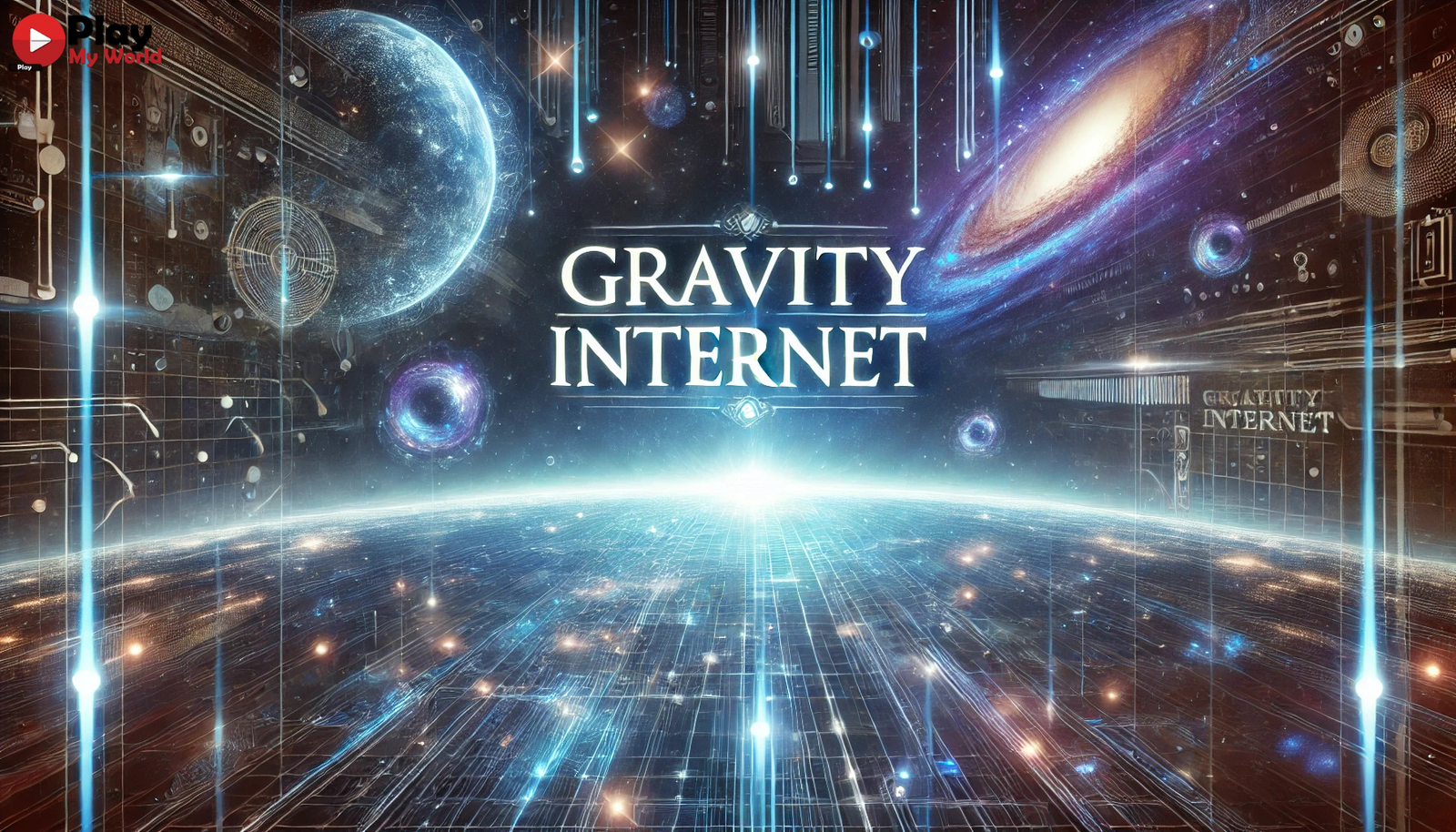Introduction: Why Insanont is Essential Today
As the world becomes increasingly interconnected and technology continues to dominate every aspect of our lives, there’s an undeniable need for systems that not only enhance efficiency but also promote human well-being. This is where Insanont comes in, a concept that bridges human values with technological advancements.
In essence, Insanont represents a shift from purely technology-driven development to a model that centers on human needs and sustainability. As digital systems, AI, and automation increasingly influence our lives, ensuring that these innovations are designed with the user in mind is not just beneficial—it is necessary for creating a balanced, ethical, and sustainable future.
This article delves into what Insanont is, the principles that define it, and how this philosophy can be applied across different sectors to drive change and improve lives. We’ll explore its relevance, key principles, and offer practical steps to adopt this mindset for businesses, individuals, and communities.
What Exactly is Insanont?
At its core, Insanont combines two major ideas: human-centric design and innovative technology. Derived from the fusion of the word “insan” (meaning “human”) and “ont” (from ontology, which refers to the study of existence), Insanont is about creating systems, products, and services that not only meet technological goals but also improve the overall human experience.
Unlike traditional technological advancements that often focus on efficiency and progress at the cost of user experience, Insanont ensures that technology serves the people in a way that is intuitive, adaptive, and supportive of human flourishing. Whether in the workplace, healthcare, education, or daily life, the goal is to create sustainable, user-friendly, and empowering solutions.
The Key Principles of Insanont
Human-Centered Design
The foundation of Insanont is human-centered design, a principle that emphasizes the creation of products and systems that are tailored to human needs, desires, and limitations. This means that instead of forcing users to adapt to technology, the technology adapts to the user.
For example, in smart healthcare applications, the design isn’t just about collecting data but about making the data usable and actionable for the user. Devices and platforms are created to make health management more accessible, especially for vulnerable groups like the elderly or those with disabilities.
By applying human-centered design, technology becomes more intuitive and easier to engage with, fostering greater acceptance and improving the quality of life for users.
Also Read: Coyyn.com Innovation: Pioneering the Future of Digital Finance
Purpose-Driven Innovation
Innovation in Insanont is not just about creating for the sake of creating. It’s about ensuring that new technologies and solutions have a clear purpose that addresses real-world issues. This could be solving pressing global challenges such as climate change, inequality, or access to healthcare, or it could be about improving the efficiency and quality of life for individuals.
For instance, solar energy technologies represent a perfect example of purpose-driven innovation. Not only do these technologies provide cleaner, renewable energy, but they also create access to power in remote or underserved regions, helping to bridge the energy gap.
The idea is to constantly ask: Does this innovation serve a human need? If the answer is yes, the technology is worth pursuing.
Sustainability
Sustainability is a guiding principle in Insanont. Technologies, systems, and solutions should not only meet the needs of the present but should also consider their impact on the future. This includes minimizing environmental footprints, reducing waste, and ensuring that future generations have access to the resources they need.
For example, eco-friendly production methods and circular economy models are core components of sustainability. The design of sustainable products—such as electric vehicles or biodegradable materials—helps reduce the strain on natural resources while ensuring that technology benefits humanity in the long term.
By adopting sustainable approaches, Insanont advocates for creating a world where technology can progress without compromising the planet.
How Insanont Transforms Various Sectors
Technology: Smarter and More Intuitive
In the tech world, Insanont focuses on the creation of technologies that are not only intelligent but also intuitive and user-friendly. The rise of AI-powered personal assistants and smart home devices like thermostats, lighting systems, and security cameras that respond to users’ needs without the need for constant adjustment is an example of human-centered technology.
For instance, the development of voice-activated assistants that help people complete tasks or access information without needing to learn complex commands or interfaces showcases how Insanont allows technology to be embedded seamlessly into human life.
Business: Empathy-Driven Strategies for Growth
In business, Insanont encourages companies to adopt empathy-driven strategies, ensuring that their products, services, and marketing efforts resonate deeply with customers. This means shifting focus from transactional relationships to meaningful, customer-first interactions.
For example, many companies are now implementing personalized marketing strategies, where customers receive recommendations or offers tailored to their preferences, behavior, and history. This kind of data-driven personalization is powered by AI and big data, but its aim is to make the user feel understood, not manipulated.
Moreover, businesses are now increasingly integrating sustainability into their models—whether it’s through adopting green energy practices, offering eco-friendly products, or ensuring that their entire supply chain is ethical and responsible.
Education: Personalized Learning and Accessibility
In education, Insanont enables personalized learning environments where technology tailors the experience to meet the needs of every student. AI-powered tutoring systems adapt to the learner’s pace, providing real-time feedback and personalized instruction that leads to better learning outcomes.
Additionally, Insanont in education ensures that learning is accessible. Technologies like online learning platforms, e-books, and language translation tools make education available to a broader audience, overcoming barriers like location, language, and accessibility.
Healthcare: Putting Patients First
In healthcare, Insanont shifts the focus toward patient-centered care. Technologies such as telemedicine, wearable health devices, and digital health records make healthcare more accessible, efficient, and personalized. Patients can monitor their health in real-time, have remote consultations with doctors, and ensure their medical history is accurately recorded and easily accessible.
For example, a wearable device that monitors heart rate or blood sugar levels helps individuals take control of their health, while ensuring that doctors have access to the data needed to make informed decisions.
A Practical Guide to Implementing Insanont in Your Life or Business
For businesses, individuals, or organizations looking to integrate Insanont into their practices, here’s a step-by-step guide:
Step 1: Understand the Human Experience
- Research and identify the needs and pain points of the people you’re designing for. This could be through surveys, interviews, or user testing. The goal is to understand their challenges, emotions, and goals.
Step 2: Design with Accessibility and Simplicity
- Focus on creating solutions that are intuitive and easy to use. Use simple, clear interfaces and ensure that users can interact with technology in a way that makes sense to them. Accessibility is key, so ensure that your solutions are available to people of all abilities.
Step 3: Build Sustainability Into Your Solutions
- Consider the long-term environmental, social, and economic impacts of your product or service. Design solutions that reduce waste, are energy-efficient, and are reusable or recyclable. Additionally, focus on ethical practices in sourcing materials and manufacturing.
Step 4: Constant Feedback and Iteration
- Regularly collect user feedback and data insights to iterate and improve your systems. Technology is always evolving, so it’s essential to stay flexible and continuously improve to meet changing needs.
Also Read: PlugboxLinux: The Ultimate Guide to the Lightweight ARM-Based Linux Distribution
Conclusion: The Future of Insanont is Now
The concept of Insanont is not just a fleeting trend—it is a fundamental shift in how we approach technology and innovation. By combining human-centric design, purposeful innovation, and sustainability, Insanont offers a path toward a more harmonious, equitable, and responsible future.
As we move forward, embracing these principles will be key to ensuring that technology serves humanity, not the other way around. Whether you’re a business leader, technologist, educator, or an individual looking to make a difference, Insanont provides the framework for a better, more sustainable tomorrow.
Let’s embrace Insanont today, and together, we can shape a future where technology enhances the human experience in every meaningful way.
FAQs) related to Insanont:
What is Insanont?
Insanont is a philosophy and approach that combines human-centric design with innovative technologies to improve human life. It emphasizes creating systems, products, and services that not only meet technological goals but also consider human needs, sustainability, and well-being.
How does Insanont differ from traditional technology?
Traditional technology often focuses on efficiency, innovation, and progress, sometimes at the cost of the user experience. In contrast, Insanont ensures that technological advancements are designed around human needs and experiences, making technology more intuitive, accessible, and beneficial for users. It also emphasizes sustainability and ethical practices in technology development.
What are the key principles of Insanont?
The key principles of Insanont are:
- Human-Centered Design: Designing technology to be intuitive, accessible, and user-friendly.
- Purpose-Driven Innovation: Creating technologies with a clear, real-world purpose, such as solving social, environmental, or health-related issues.
- Sustainability: Ensuring that technologies and solutions are environmentally responsible and contribute to long-term well-being.
How can businesses implement Insanont in their operations?
Businesses can implement Insanont by:
- Focusing on creating customer-first strategies that prioritize empathy and understanding of user needs.
- Integrating sustainable practices in their operations, such as using eco-friendly materials and energy-efficient processes.
- Adopting innovative technologies that make their products or services more accessible and user-friendly, such as AI-powered tools or personalized customer experiences.
What sectors can benefit from Insanont?
Many sectors can benefit from Insanont, including:
- Technology: For creating smarter, more intuitive devices and systems.
- Healthcare: For developing patient-centered solutions that improve access and outcomes.
- Education: For creating personalized learning environments.
- Business: For adopting sustainable and customer-first strategies.
- Manufacturing: For implementing sustainable and ethical production processes.




